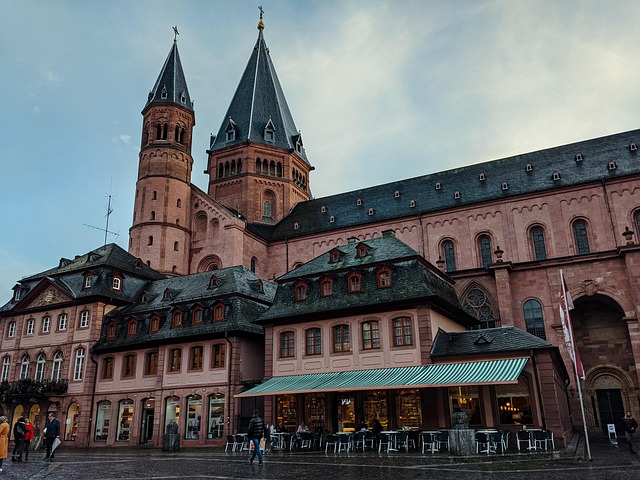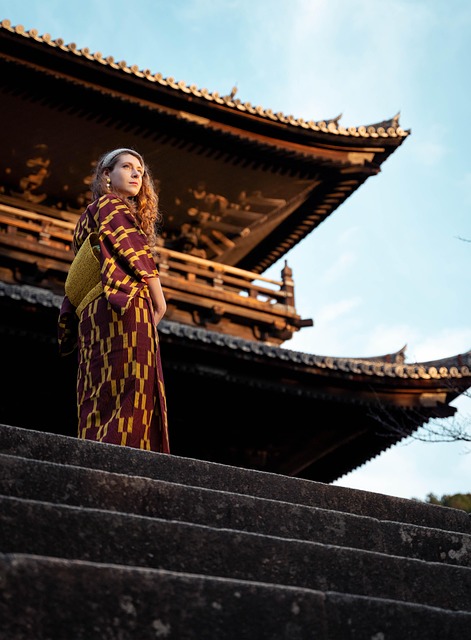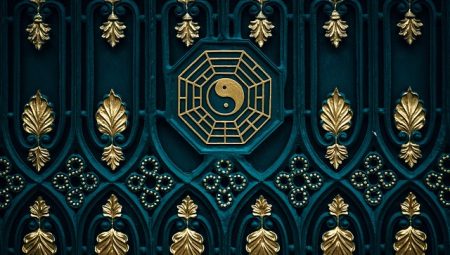What makes African tribal art so significant is its deep connection to the people’s history and beliefs. Imagine a mask crafted from wood, adorned with colorful beads and feathers. It’s not just a decorative item; it’s a conduit for the spirit world, used in ceremonies to honor ancestors and connect with deities. Each design element has purpose; every pattern bears cultural symbolism that speaks of the tribe’s history, struggles, and triumphs.
Plus, the diversity of styles across the continent is astounding. From the bold, geometric patterns of the West African textiles to the elegant carvings of East Africa, each region offers a unique flavor of creativity. It’s like having a taste of different cuisines; each tribe’s art gives you a different experience and a peek into their lifestyle and values.

African tribal art is a celebration of life, culture, and identity. It reminds us that art transcends borders, and through these vibrant creations, we can forge connections that span across time and space. Isn’t that a beautiful thought?
The Soul of the Continent: Unraveling the Significance of African Tribal Art
African tribal art is like a vibrant tapestry woven with threads of tradition, spirituality, and community. Each object—be it a mask, a carving, or a bead necklace—carries significance that connects people to their roots. When you gaze upon a mask, for instance, it’s not just an artistic expression; it’s a portal into the culture and beliefs of that tribe. It reflects rituals, celebrations, and even the very essence of life in their community.
Now, can you picture the intricate details carved into wood or the bold colors splashed across a canvas? Each stroke and contour isn’t just visually appealing; it speaks volumes about the people behind it. It’s like a heartbeat—pulsing with emotion, struggles, and triumphs. Have you ever thought how art can bridge gaps between people from different walks of life? African tribal art does exactly that. It invites us to share in the joy, sadness, and wisdom of an entire culture, making us realize that we’re all more connected than we often assume.
Beyond Aesthetics: How African Tribal Art Reflects Culture and Identity
Imagine walking through a market filled with handcrafted masks, intricate beadwork, and stunning fabrics. Each item you encounter is infused with history and tradition. These pieces aren’t merely decorations; they’re profound cultural symbols that convey essential values and beliefs. Much like how each note in a symphony contributes to its overall harmony, each artwork adds its own flavor to the cultural fabric of its tribe.
One fascinating aspect is the way these artworks often serve functional purposes, too. Ever seen a mask used in a ritual dance? It’s not just art for art’s sake; it plays a vital role in ceremonies that define communal identity. Through vibrant expressions and collective experiences, tribal art fosters a sense of belonging, much like a family recipe passed down through generations that brings everyone to the dinner table.
From Rituals to Resilience: The Enduring Legacy of African Tribal Art
Imagine walking through a bustling market in Africa, surrounded by the lively chatter and the rich aroma of spices. You notice artisans passionately creating their crafts, pouring their history and identity into each stroke. The masks, for instance, are not merely decorative; they serve as sacred vessels in ceremonies, bridging the gap between the physical and the spiritual world. When worn, these masks don’t just transform the wearer; they invoke ancestral spirits, connecting communities to their roots.
Yet, the legacy of African tribal art doesn’t stop at rituals. In a world that often challenges these traditions, the resilience of the artists shines through. Think about it: for centuries, tribal art has faced the pressures of modernization and globalization. But instead of fading away, it has adapted, infused with new ideas while preserving its core essence. This ability to evolve is the backbone of its enduring legacy. It’s like a river that, while flowing and changing its course, still carries the same water that nourished its banks.
Color, Symbolism, and Tradition: The Complex Narrative of African Tribal Art
Take, for instance, the striking patterns on masks used in tribal ceremonies. They aren’t merely decorative; they symbolize social status, spirituality, or life transitions. Wearing a mask in a performance isn’t just about aesthetics; it’s like slipping into another identity, bridging the gap between the physical world and the realm of spirits. In this way, art becomes a channel for communication and understanding, almost like a visual language that speaks directly to the heart.
Tradition plays a pivotal role here, too. Each tribe has its own artistic conventions, passed down through generations like a cherished heirloom. The methods and materials used—whether it’s carving wood or creating intricate beadwork—are steeped in cultural significance. It’s fascinating how something as simple as a bead can tell you about trade routes, social connections, and even historical conflicts. Just think of it as a narrative thread that ties together past and present.
Art as a Language: Understanding the Deep Meanings Behind African Tribal Creations
When you look at a Maasai bead necklace, for example, it’s more than just adornment; it signifies social status, age, and even personal stories of love and loss. It’s like holding a family tree that spans generations! Similarly, the wooden sculptures from the Yoruba tribe allude to ancestral wisdom and spiritual connections, each curve and carving revealing layers of meaning that beckon you to explore deeper.
Art in Africa embodies collective identity. Think of it as a communal heartbeat where every creation serves as a reflection of shared experiences, beliefs, and values. The vibrant colors used in a Zulu basket aren’t there by accident. They symbolize different emotions, akin to how we might use emojis in our texts—each hue weaving deeper insights into their storytelling.
A Tapestry of History: How African Tribal Art Chronicles Generations
Think about this: every chiseled figure or painted drum is a portal to the past. These artworks reflect the beliefs, rituals, and experiences that have shaped various tribes over centuries. Just like a family heirloom, tribal art is passed down, enriched by the stories of those who came before. You see, when an artist in a village carves a mask, they’re not just creating art; they’re channeling the spirits of their ancestors, celebrating life’s milestones, and sometimes, even warding off evil spirits.



![How Do Different Cultures Celebrate New Year [Global Guide]? How Do Different Cultures Celebrate New Year [Global Guide]?](https://travel-tips.net/wp-content/uploads/2025/09/how-do-different-cultures-celebrate-new-year-global-guide-1758919069304-450x255.png)

![What Makes Japanese Tea Ceremony So Significant [Cultural Guide]? What Makes Japanese Tea Ceremony So Significant [Cultural Guide]?](https://travel-tips.net/wp-content/uploads/2025/09/what-makes-japanese-tea-ceremony-so-significant-cultural-guide-1758919144390-427x255.jpeg)